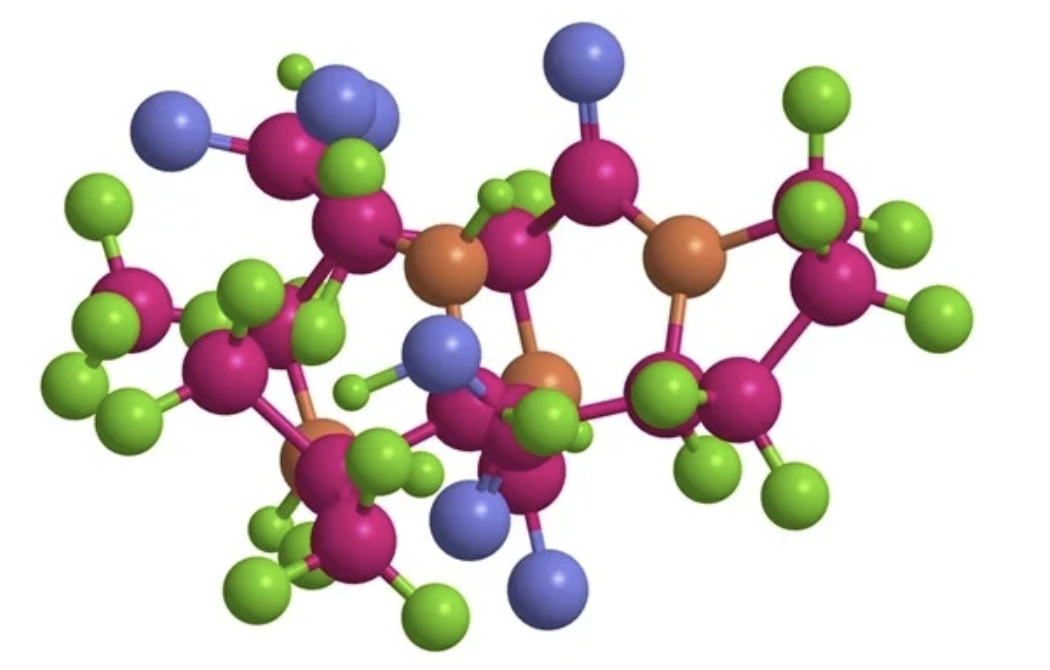The human body is an amazing marvel of perpetual renewal. Each cell regenerates, allowing for the growth of new cells as older ones die. This process is not always as clear-cut as you’d hope. Cells may become damaged, or they can remain in an unfunctional state called’senescence’. These senescent cell can negatively impact neighboring cells, and they are also implicated in metabolic problems and diseases. Senolytics are a new class of drugs, peptides, and supplements that eliminate these cells.
Understanding Senolytics
Senolytics is a compound that targets and eliminates senescent senescent cell. These compounds work by blocking the survival mechanisms of these cells. This helps to remove them from different tissues. Senescent cells accumulate with time, and are more prevalent in metabolic disorders and tissues that have aged. They excrete a host of inflammatory and damaging substances known as the senescence-associated secretory phenotype (SASP), which can further degrade tissue function and contribute to diseases.
Researchers have shown that senolytics can be used to eliminate these cells in both humans and animals. This holds the promise of many therapeutic applications.
Senolytics Commonly Used
The senolytics market is growing rapidly, but the first drugs discovered in this class came from hypothesis-driven approaches. Navitoclax and Rapamycin are among the first drugs in this class.
Dasatinib, also known as Sprycel (Brand Name: Sprycel), is an effective cancer drug that can be used to treat certain types of leukemias in children and adults. It induces cell death in senescent senescent by inhibiting Src Tyrosine Kinase.
Quercetin, a naturally occurring flavonoid with antioxidant and anti-inflammatory properties. It is used as a nutritional supplement and inhibits the anti-apoptotic Bcl-xL protein to target senescent cell.
Research on Dasatinib & Quercetin Advances
In preliminary studies, the use of Dasatinib in combination with Quercetin has shown promising results in reducing senescent cell numbers in adipose tissues within 11 days. This led to a decrease in cellular senescence markers and other senescence-associated activities, including reduced numbers of macrophages attracted by senescent cells. Researchers also found a decrease in SASP-related factors such as Matrix metalloproteinases 9, 12 and interleukin 6.
Current Clinical Trials and Potential Future
Clinical trials are being conducted for Senolytics to treat a variety of conditions, including diabetes and metabolic disorders as well as neurodegenerative diseases such Alzheimer’s. They are one of the most promising treatments for age-related illnesses because of their ability to reduce senescent cells and combat inflammation.
Implications for Longevity and Health
Senolytics’ ability to target cellular ageing and associated diseases could have a wide range of implications for the aging population. Senolytics, by addressing the root causes of aging-related conditions, could provide a comprehensive approach to treatment, improving quality and possibly extending lifespan. These compounds could be a part of healthy aging in the future.
Senolytics have opened up a new frontier for medicine. They are a breakthrough in the field regenerative medicine, and can treat a wide range of age-related diseases. While we wait for the results of the ongoing clinical trials, senolytics will play a crucial role in shaping the future healthcare and wellness.
This article was written by a peptide professional from Domestic Peptides. Looking to buy Peptides? Well, look no further. Welcome to Domestic Peptides where you’ll find a huge selection of Research Peptides for sale and Research Chemicals for Sale, all made in the USA.







